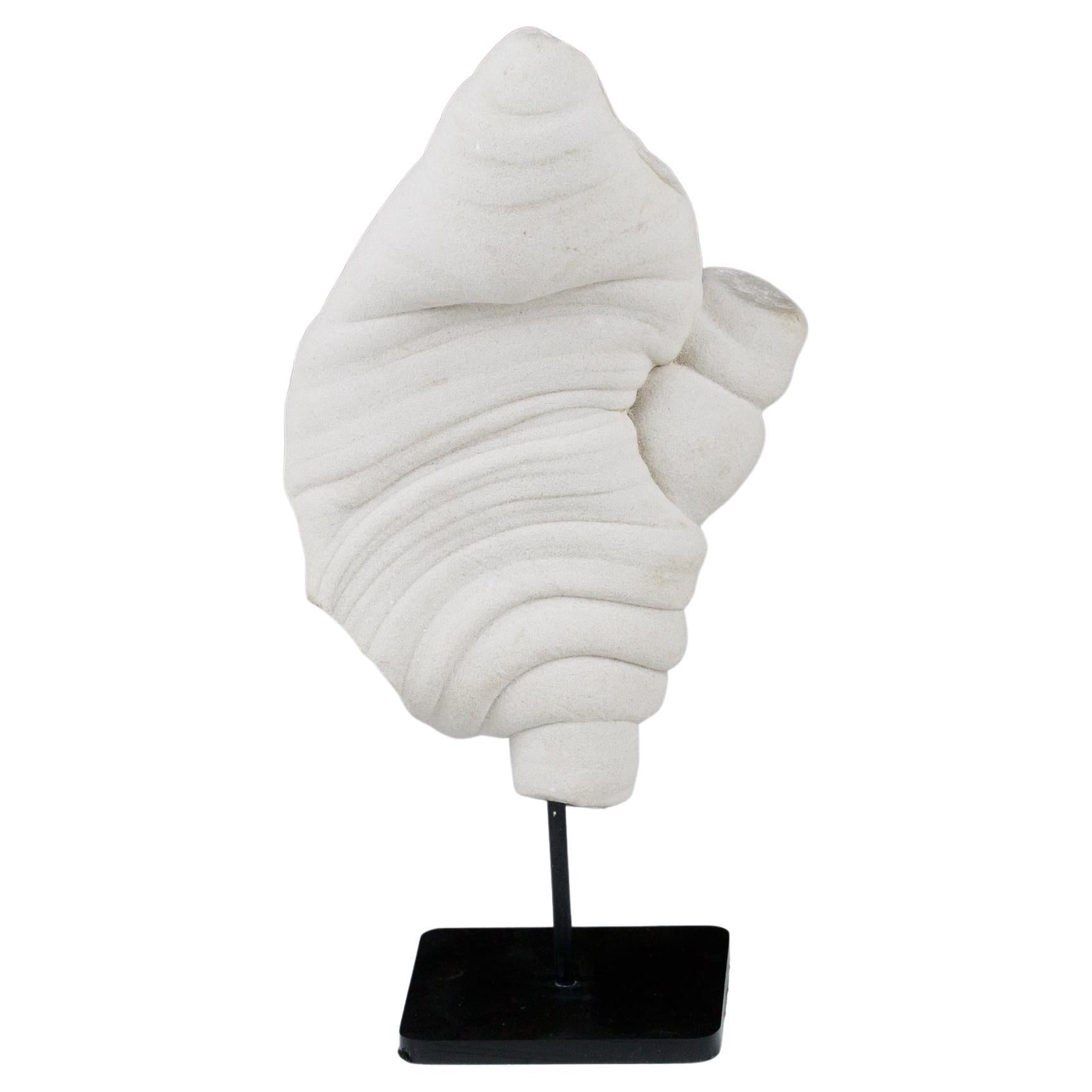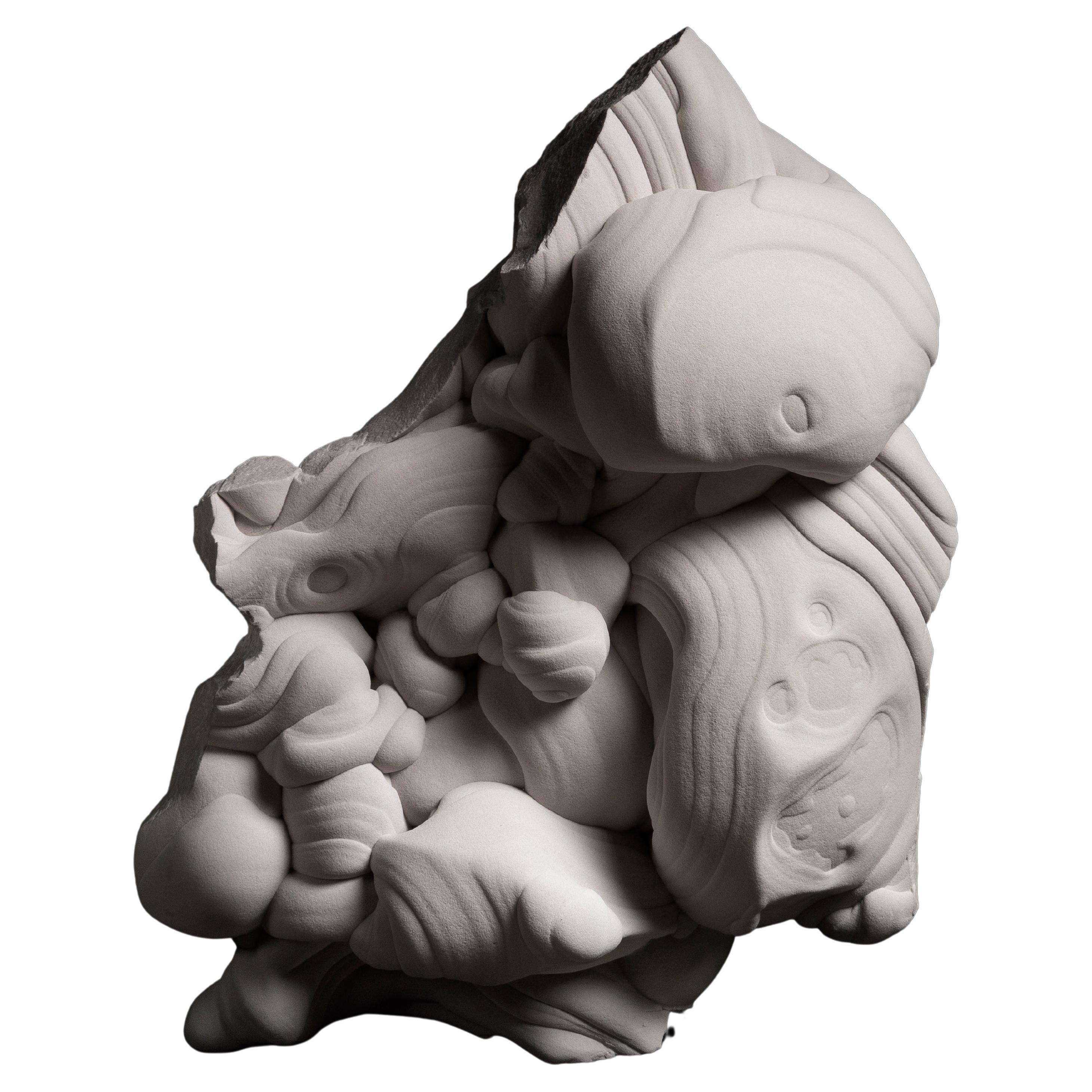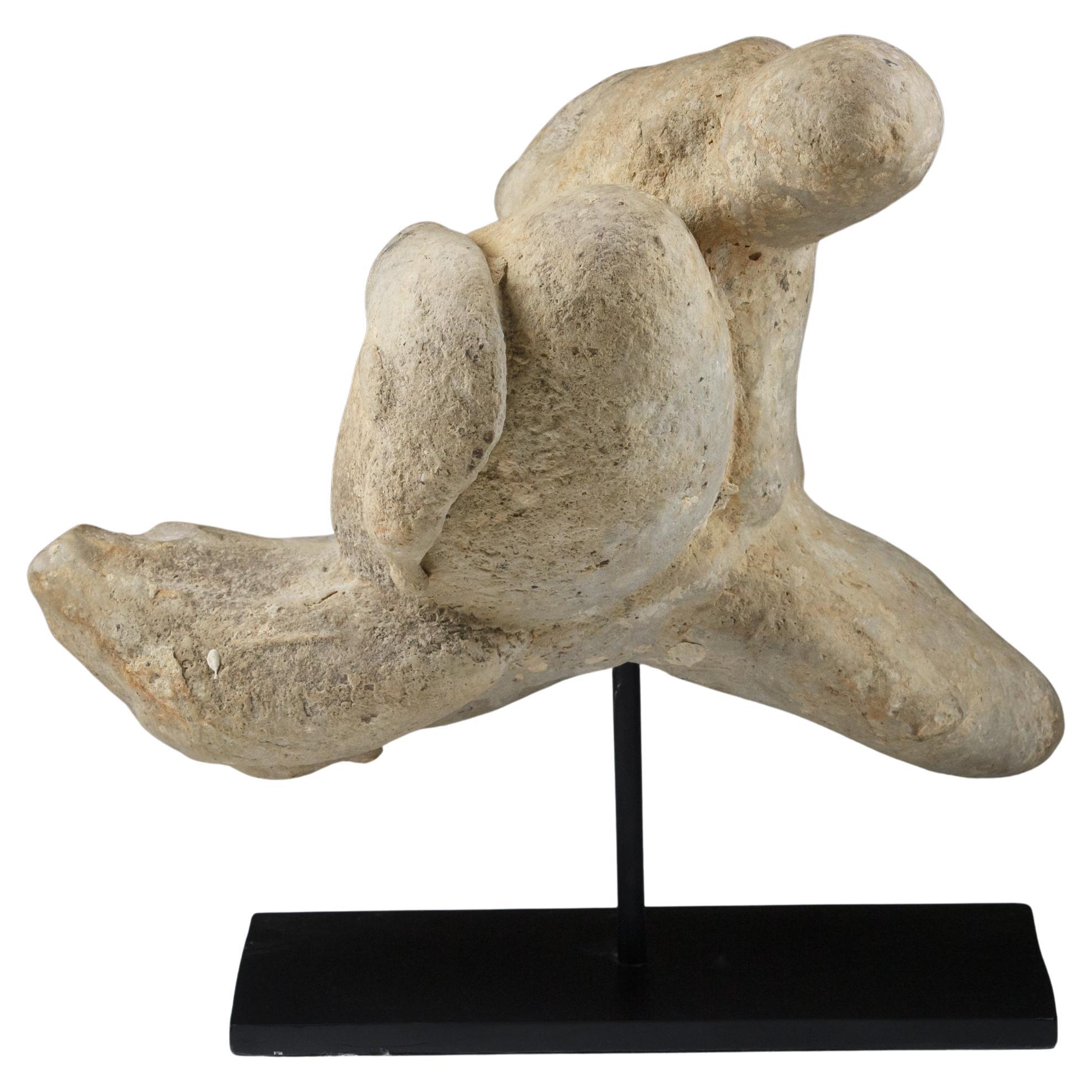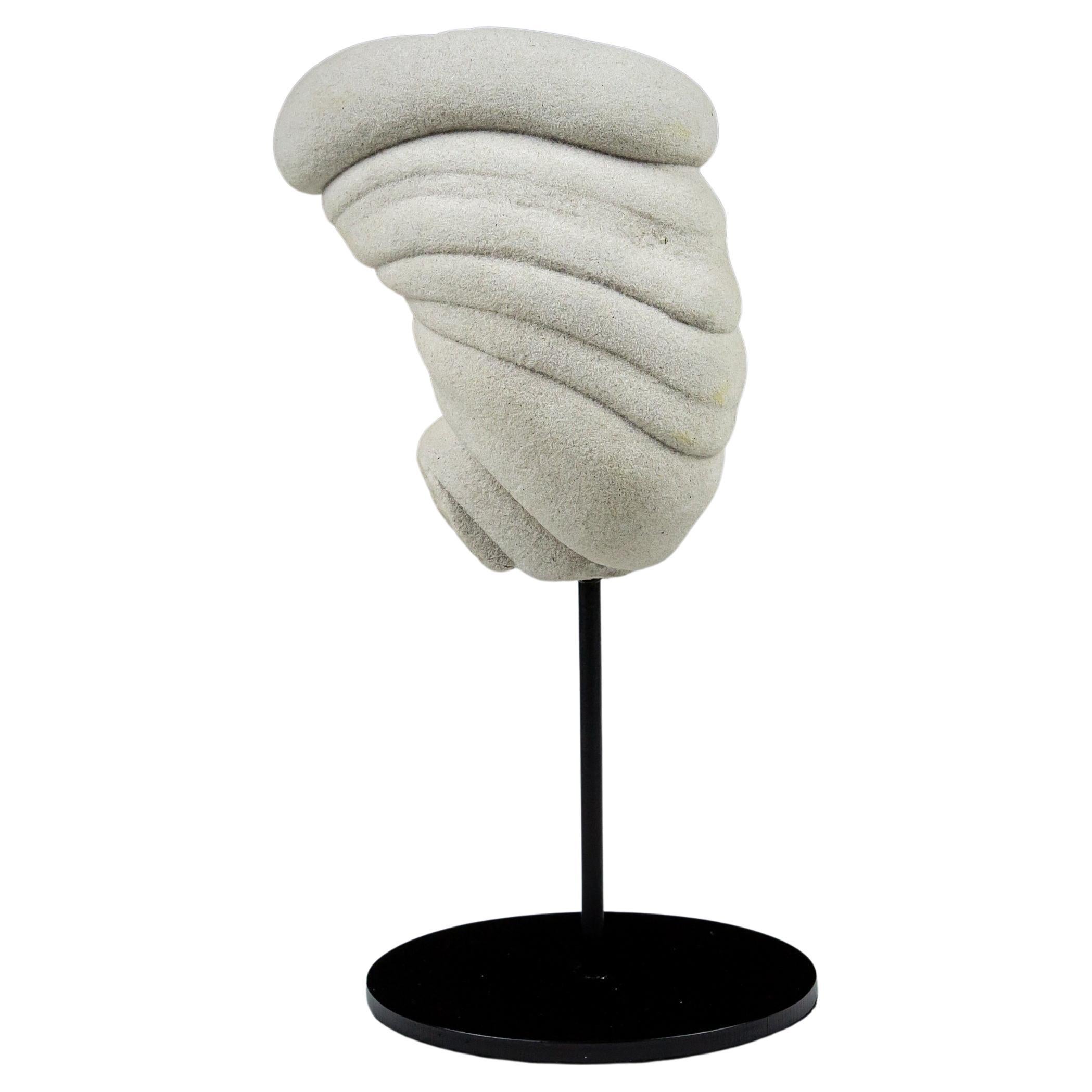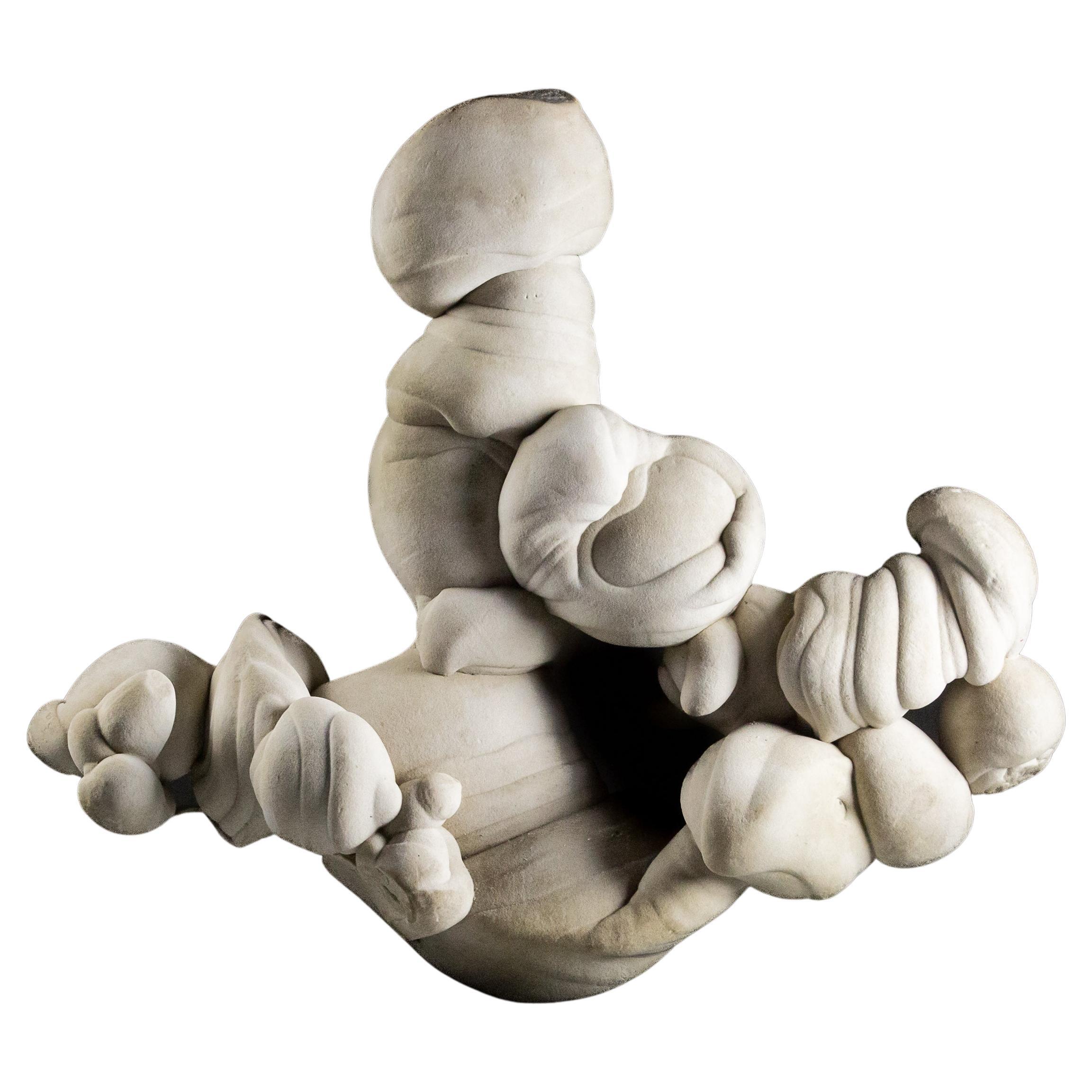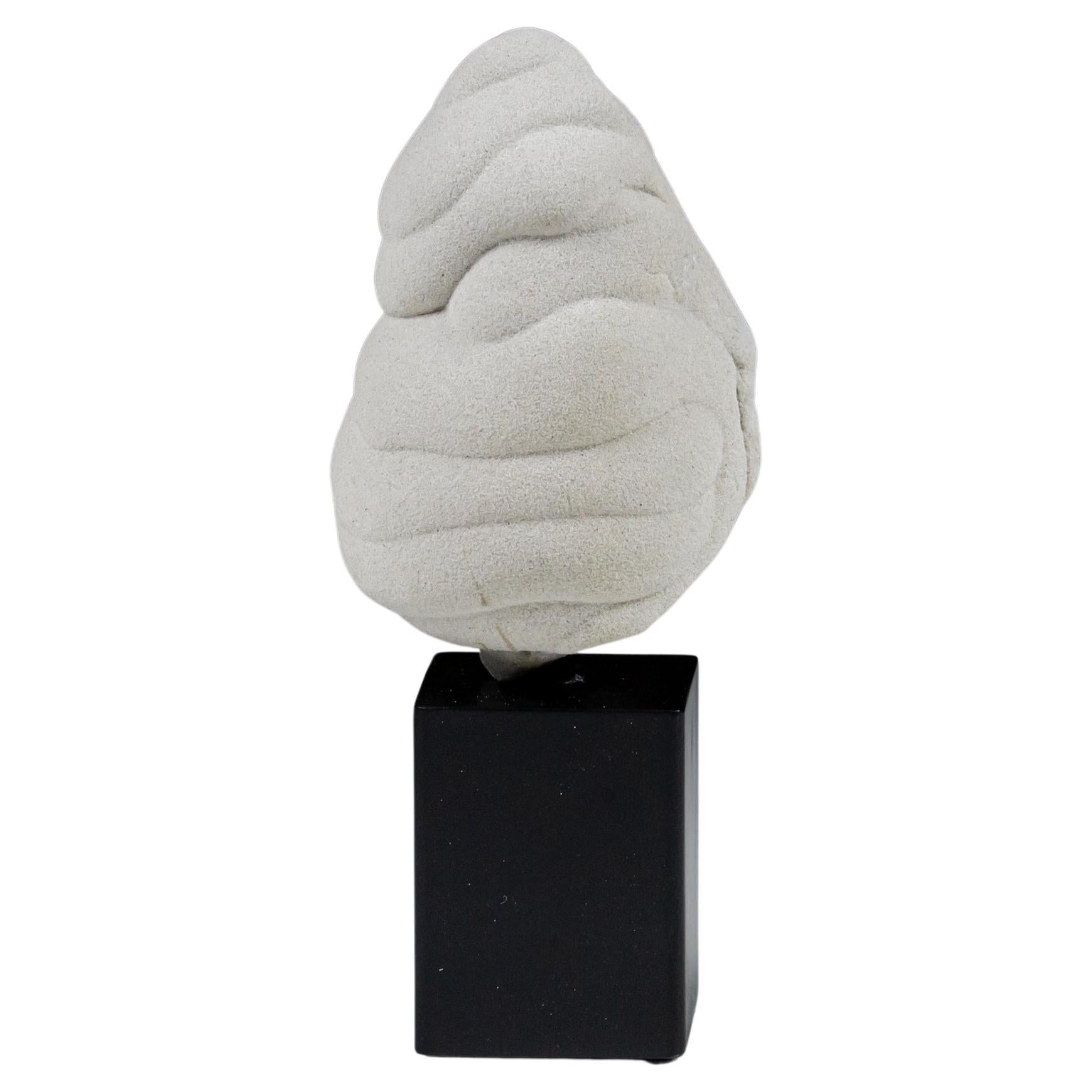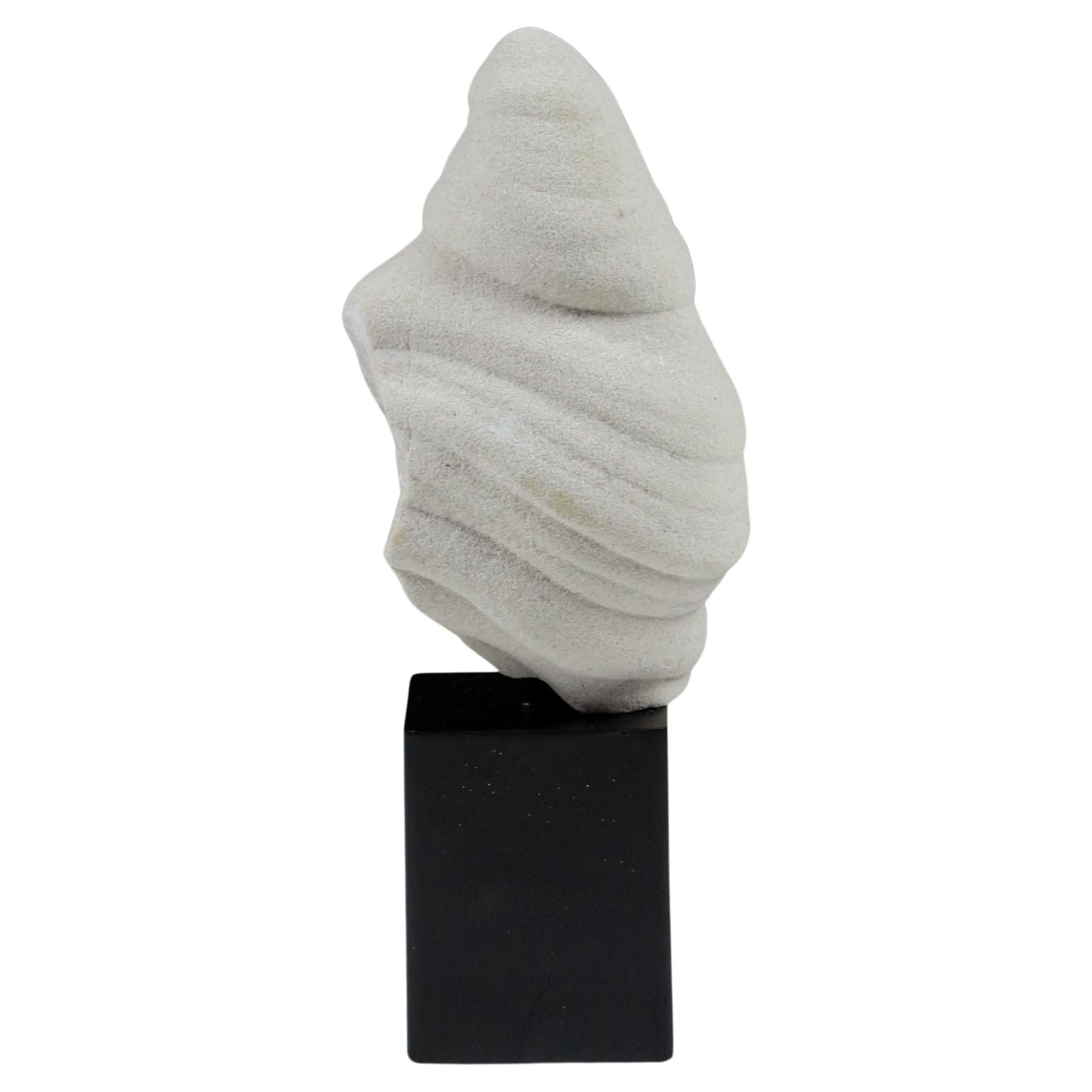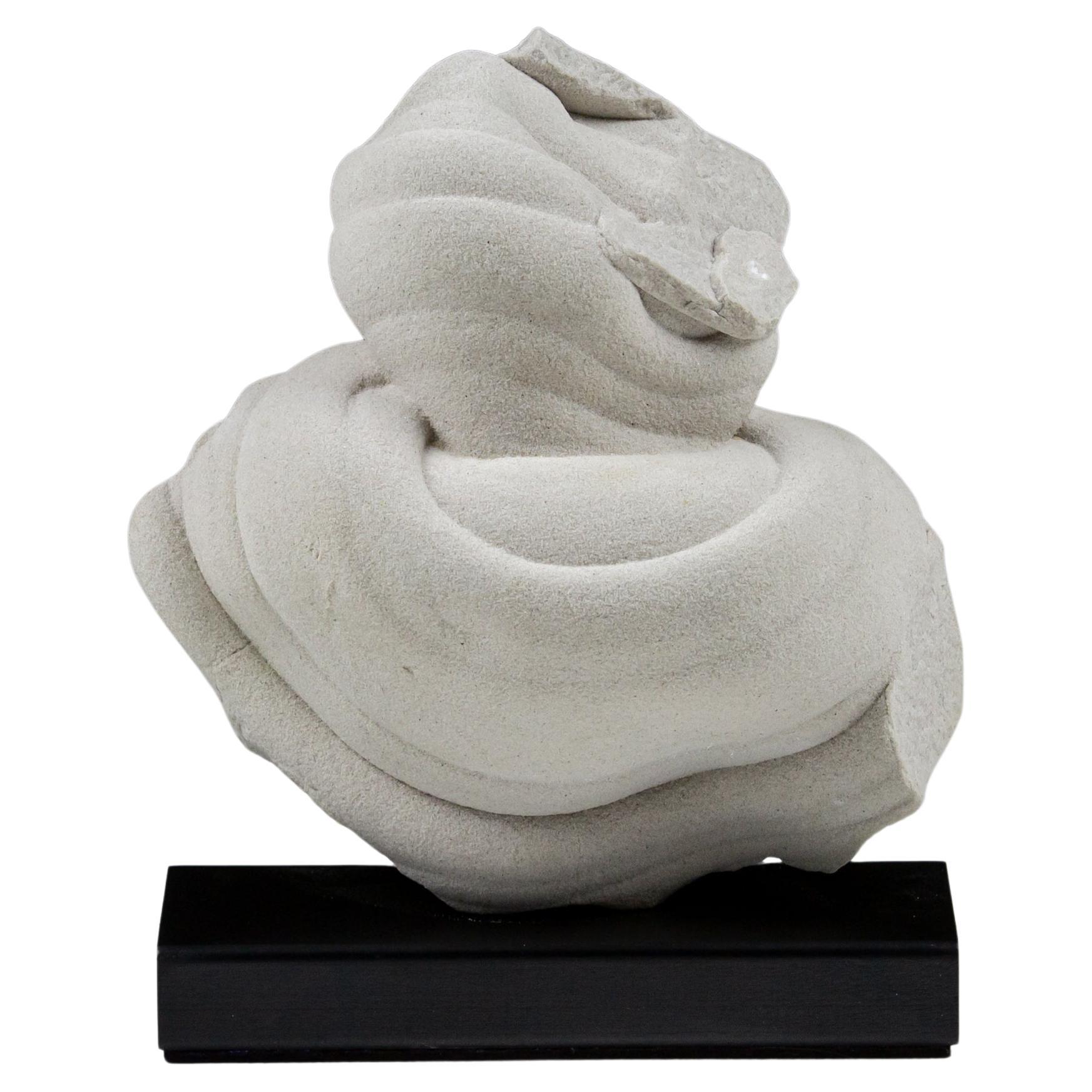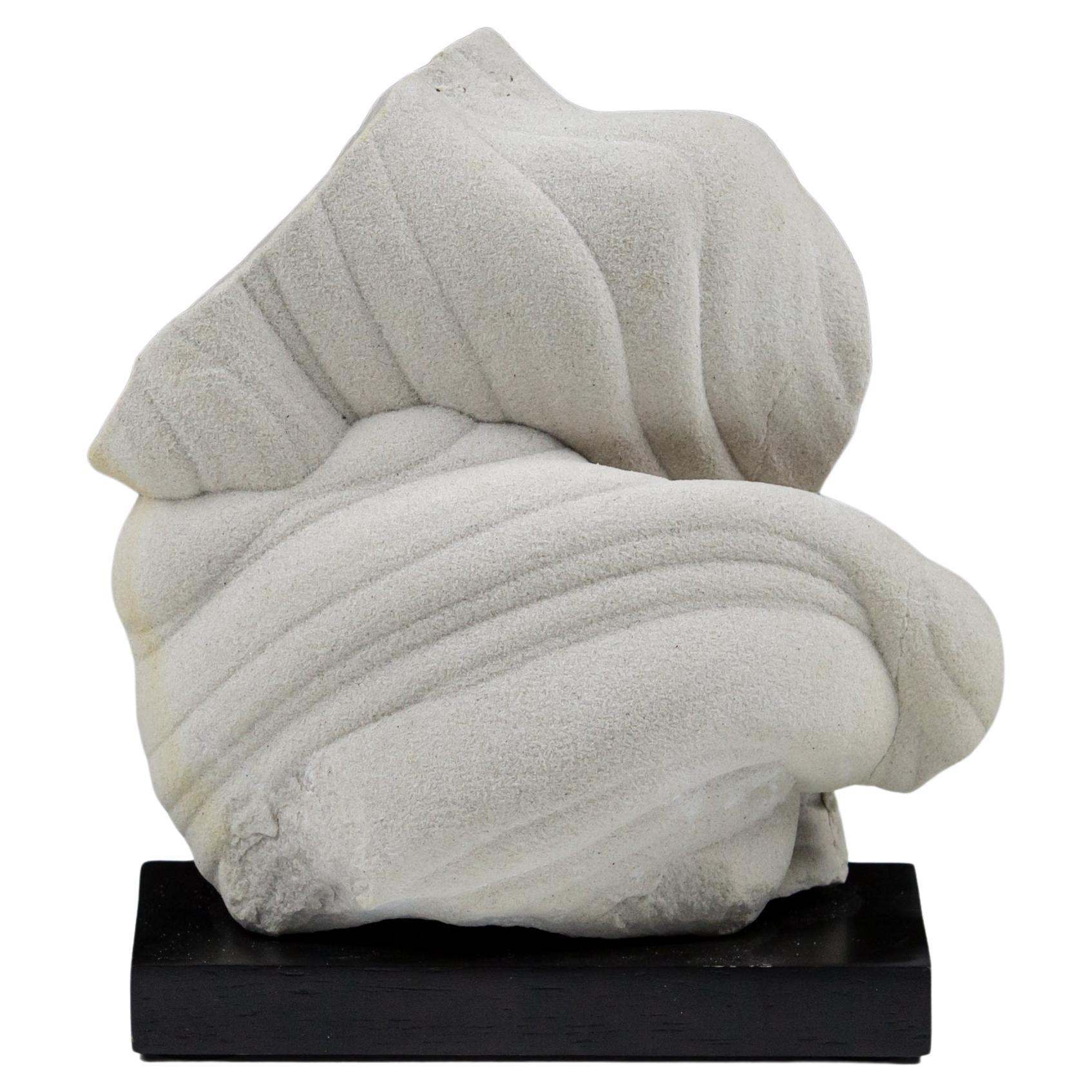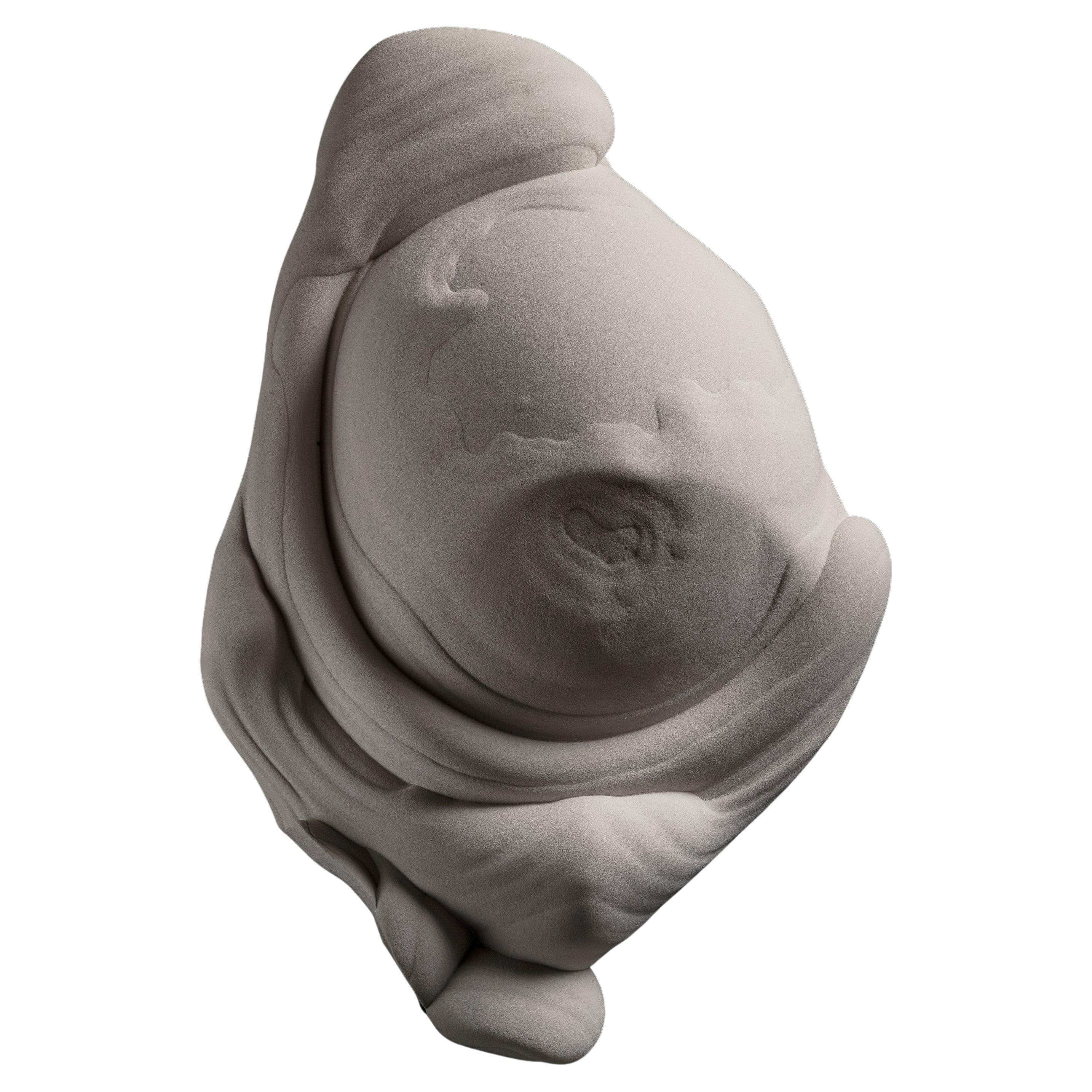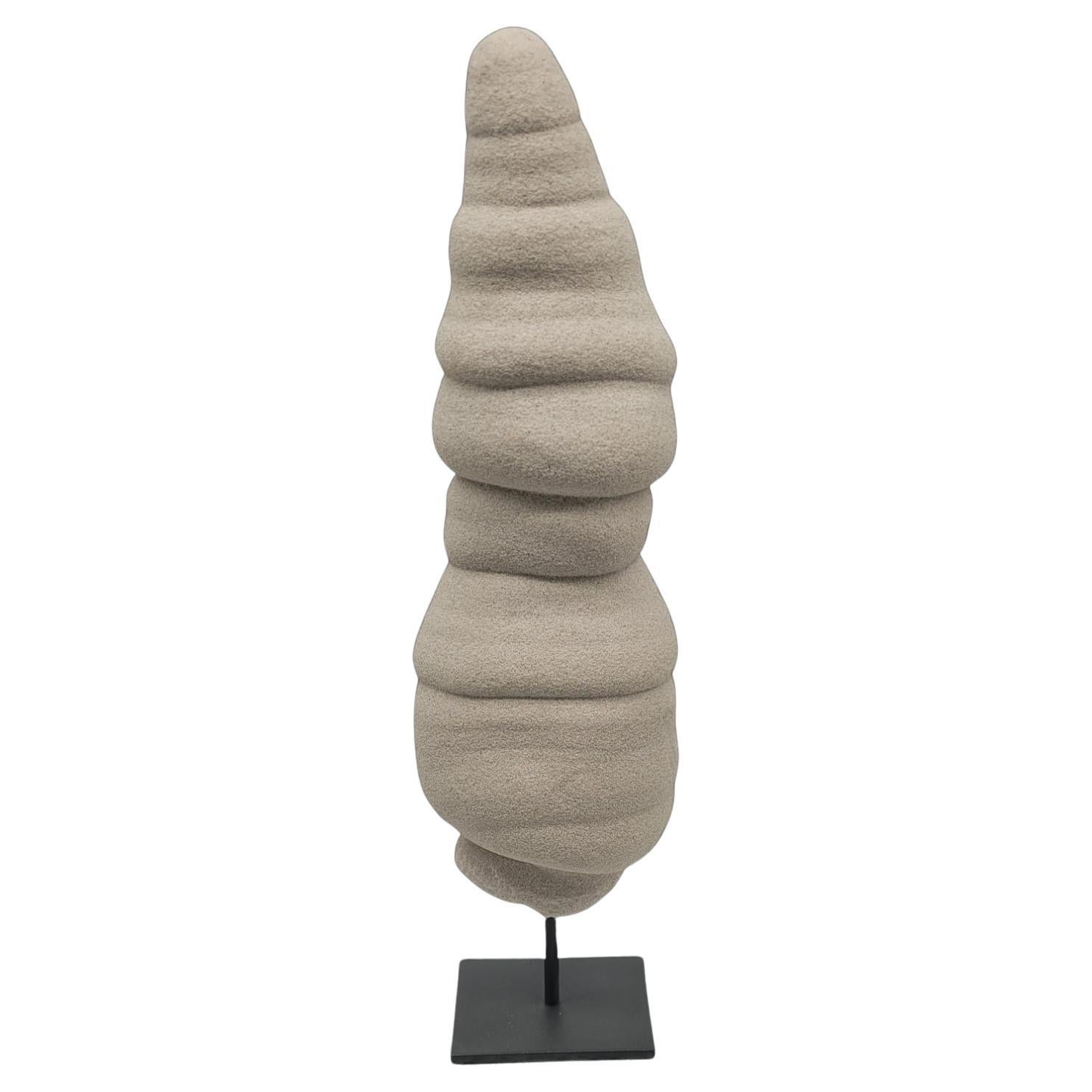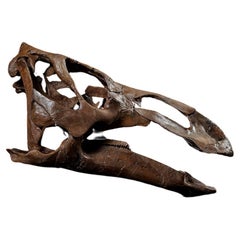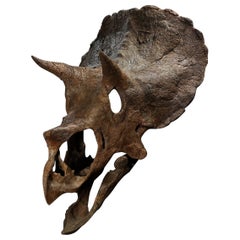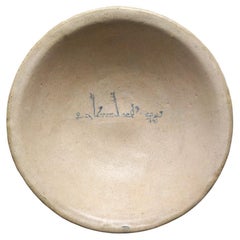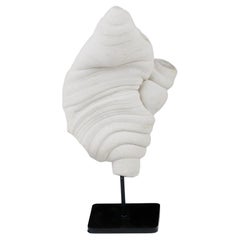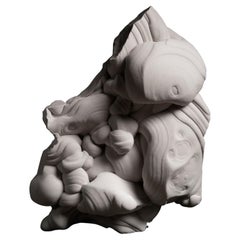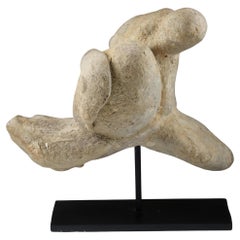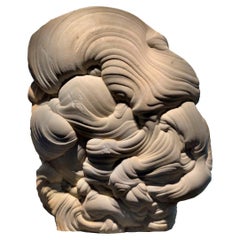
Tall Gogotte
View Similar Items
Want more images or videos?
Request additional images or videos from the seller
1 of 5
Tall Gogotte
Price:$151,733.50
About the Item
- Dimensions:Height: 37.6 in (95.5 cm)Width: 30.71 in (78 cm)Depth: 12.21 in (31 cm)
- Materials and Techniques:
- Place of Origin:
- Period:
- Date of Manufacture:Oligocene (30 Million Years Ago), Fontainebleau, France
- Condition:Wear consistent with age and use. Intact fragment in excellent condition. With some surface abrasions as expected.
- Seller Location:London, GB
- Reference Number:1stDibs: LU5517232895632
About the Seller
5.0
Vetted Professional Seller
Every seller passes strict standards for authenticity and reliability
Established in 1910
1stDibs seller since 2020
Authenticity Guarantee
In the unlikely event there’s an issue with an item’s authenticity, contact us within 1 year for a full refund. DetailsMoney-Back Guarantee
If your item is not as described, is damaged in transit, or does not arrive, contact us within 7 days for a full refund. Details24-Hour Cancellation
You have a 24-hour grace period in which to reconsider your purchase, with no questions asked.Vetted Professional Sellers
Our world-class sellers must adhere to strict standards for service and quality, maintaining the integrity of our listings.Price-Match Guarantee
If you find that a seller listed the same item for a lower price elsewhere, we’ll match it.Trusted Global Delivery
Our best-in-class carrier network provides specialized shipping options worldwide, including custom delivery.More From This Seller
View AllEdmontosaurus Skull
Located in London, GB
An impressive skull of an Edmontosaurus, a large herbivorous dinosaur that lived during the Late Cretaceous period, 68-66 million years ago. The three rows of sixty or more teeth on either side of the jaw, known as the ‘dental battery’, mark the Edmontosaurus as part of the Hadrosauridae, or duckbill family of dinosaurs. It belongs to the flat-skulled, or solid-crested, Hadrosaurinae, which replaced the older hollow-crested hadrosaurs. Edmontosaurus was one of the last non-avian dinosaurs to ever exist, living shortly before the Cretaceous-Paleogene extinction event.
The Edmontosaurus was named in 1917 by Lawrence Lambe, after a partial specimen from Edmonton in Alberta, Canada. The existence of large Edmontosaur bone beds...
Category
Antique 15th Century and Earlier American Natural Specimens
Materials
Bone
$121,928
Juvenile Triceratops Skull ‘Maple’
Located in London, GB
A skull of a juvenile Triceratops prorsus from the Maastrichtian, late Cretaceous period (68-65 million years ago).
The triceratops roamed the plains of what is now North America a...
Category
Antique 15th Century and Earlier North American Natural Specimens
Materials
Bone
Ancient Marble Portrait Bust of a Bearded Man possibly Lucius Verus
Located in London, GB
This impressive bust is depicted with head turned slightly to the right and gaze lifted. His eyes are articulated, with the pupils indicated with a drill, giving the face a striking realism. The shoulders are draped with a cloak. Straight brows sit beneath a mass of thickly curling hair, which continues to a full beard. It is worked with great skill, evident in the heavy drill work articulating and highlighting the voluminous curls, and the highly polished surfaces, giving the appearance of soft skin. The contrast between these textures gives a chiaroscuro affect which is one of the main traits of the best Antonine busts.
Roman marble portraits reached their apotheosis of craftmanship and technique under the Antonine emperors, as is evidenced in this masterful bust. The evolution of the style may be traced back to the emperor Hadrian, who was the first emperor to wear a full beard. The articulation of pupils and iris appears on busts of his lover Antinous, a novelty which continued in later Antonine portraits, such as this one. The features of this bust point to a possible identification of Emperor Lucius Verus...
Category
Antique 15th Century and Earlier Busts
Materials
Marble
Price Upon Request
Bowl with Kufic Inscription
Located in London, GB
Glazed ceramic bowl with a convex wall and everted rim. With a cobalt blue inscription in the centre which reads, “baraka li-sahibihi” (blessing to its owner).
Ceramics such as t...
Category
Antique 15th Century and Earlier Iraqi Antiquities
Materials
Ceramic
$29,804
Corsican Bronze Hoard
Located in London, GB
Dagger L: 27.8 cm,
Luniform bronze, possibly a belt buckle L: 10.8 cm,
Shield-shaped bronze with a point Diam: 6.5 cm,
Pommel Diam: 3.7 cm,
Violin-bow brooch L: 17.5 cm,
P-Shape...
Category
Antique 15th Century and Earlier European Classical Roman Antiquities
Materials
Bronze
$87,788 / set
A Sardinian Figure of a Warrior
Located in London, GB
An exceptionally rare and important Sardinian bronze figure of a warrior. The highly stylized figure is depicted standing, holding a club resting on his shoulder in the right hand an...
Category
Antique 15th Century and Earlier Italian Antiquities
Materials
Bronze
$185,602
You May Also Like
A Gogotte Formation
Located in Pease pottage, West Sussex
A Gogotte Formation - The Hand Fontainbleau, France Oligocene Period Measurement Inc Stand. Gogottes are beautiful and beguiling mineral formations. They are rare and entirely natura...
Category
Antique 15th Century and Earlier French Natural Specimens
Materials
Stone
$3,928
Natural Gogotte Formation
Located in London, GB
A magnificent example of a gogotte formation composed of thick swirls and folds of sparkling sandstone. Discovered in the Oligocene sand dunes of Fontainebleau, France, formed circa 30 million years before present or later.
The incredible, almost otherworldly appearance of gogottes may easily be mistaken for the work of a most talented artist. In fact, these sandstone sculptures are entirely natural in origin. They have been found in multiple locations but those from Fontainebleau, such as the present example, are the most remarkable. Thirty-five million years ago, a sea covered what is now the forest of Fontainebleau, and dunes of exceptionally fine and homogenous sand formed. As silica-rich water filtered through this sand, it turned into stone. The flow of water finely modelled the sandstone into the aesthetic concretions we now know as gogottes. These are rare and are only found sporadically several metres deep into the ground. They owe their sparkling white appearance to the extreme and unmatched purity of the Fontainebleau sand, sometimes reaching a composition of 99.9% silica. Each of them is unique – a masterpiece slowly fashioned by the hands of Nature.
The intriguing name of “gogotte” was coined by French geologist Claude Guillemin (1923- 1994), who was inspired by the children’s book series Babar the Elephant. In one of the books, a group of monsters called Gogottes are shown hiding behind rocks. These rocks reminded Guillemin of the sandstone concretions...
Category
Antique 15th Century and Earlier Natural Specimens
Materials
Other
Natural Gogotte Specimen Formation
Located in Pease pottage, West Sussex
A Gogotte Formation - Running
Fontainbleau, France
Oligocene Period
Light Weathering Measurement Inc Stand.
Gogottes are beautiful and beguiling mineral formations. They are rare ...
Category
Antique 15th Century and Earlier French Natural Specimens
Materials
Stone
Natural Gogotte Specimen Formation
Located in Pease pottage, West Sussex
A Gogotte Formation
Of natural form, dating from the Oligocene period (30 Million years ago). Beguiling natural mineral formation, they are the result of calcium carbonate binding w...
Category
Antique 15th Century and Earlier Natural Specimens
Materials
Stone
Large Natural Gogotte Formation
Located in Pease pottage, West Sussex
A Gogotte Formation
Of natural form, dating from the Oligocene period (30 Million years ago). Beguiling natural mineral formation, they are the result of calcium carbonate binding w...
Category
Antique 15th Century and Earlier French Natural Specimens
Materials
Stone
Natural Gogotte Specimen Formation
Located in Pease pottage, West Sussex
A Gogotte Formation
Of natural form, dating from the Oligocene period (30 Million years ago). Beguiling natural mineral formation, they are the result of calcium carbonate binding w...
Category
Antique 15th Century and Earlier French Natural Specimens
Materials
Stone
